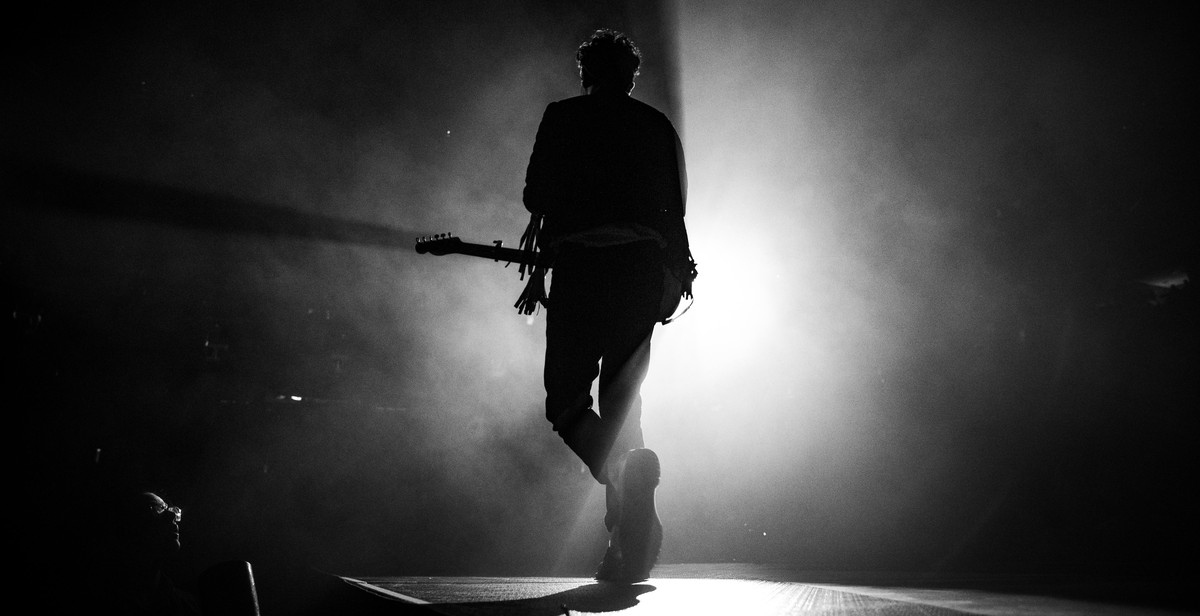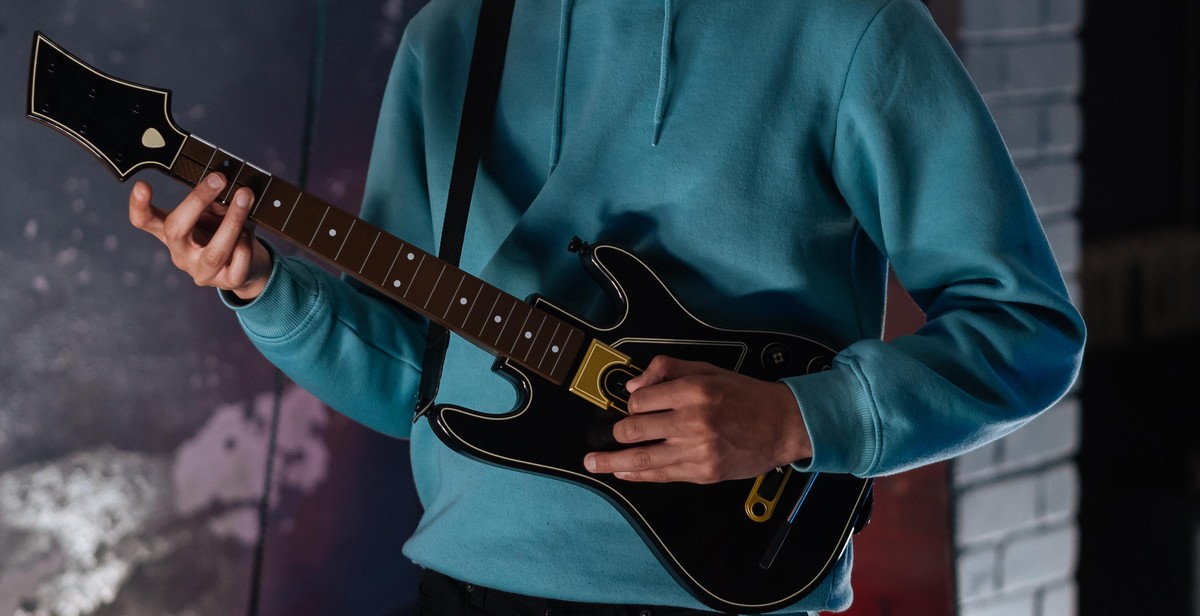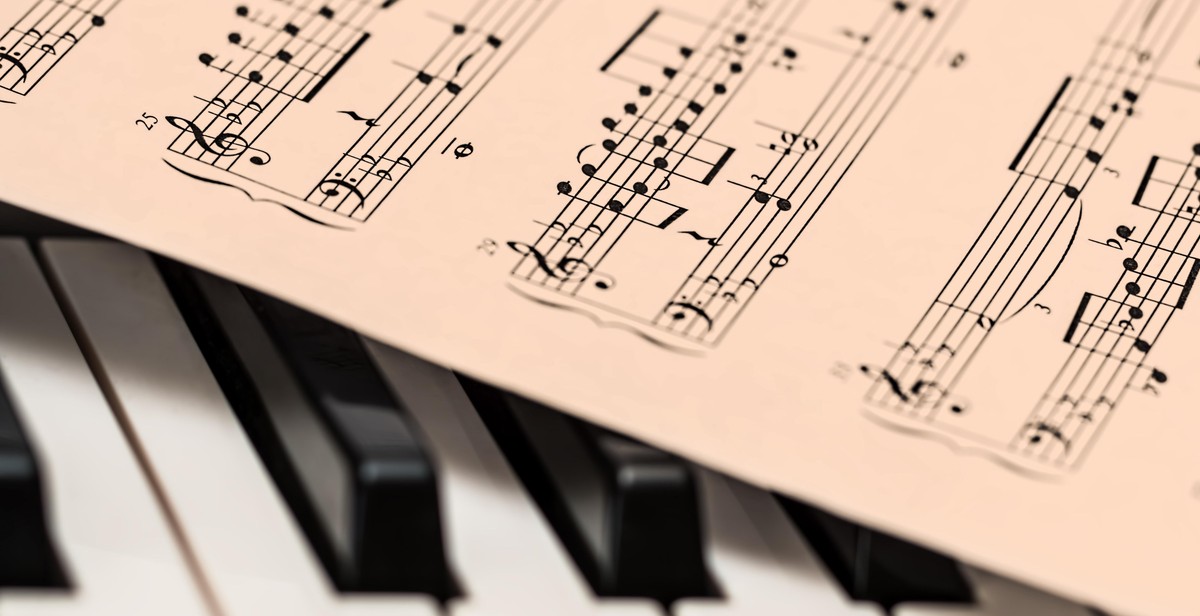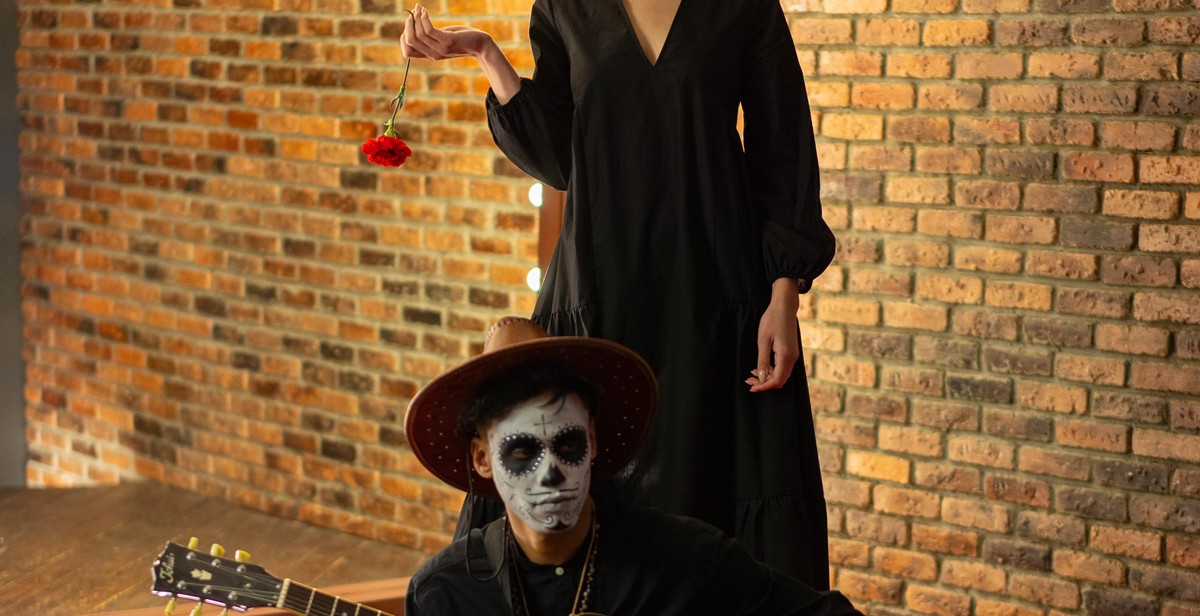How to Play the Bajo Sexto: Beginner’s Guide to Mexican Guitar Techniques and Chords
The Bajo Sexto is a unique type of Mexican guitar that has been around for over a century. It is widely used in traditional Mexican music, especially in Norteño and conjunto music. The Bajo Sexto is a twelve-stringed instrument that is played with a pick and is known for its deep, rich sound.
If you are interested in learning how to play the Bajo Sexto, this beginner’s guide will help you get started. We will cover the basics of Mexican guitar techniques and chords, as well as provide tips on how to improve your playing skills.
What is the Bajo Sexto?
The Bajo Sexto is a type of guitar that originated in Mexico. It has twelve strings, arranged in six courses of two strings each. The tuning of the Bajo Sexto is unique, with the bass strings tuned to E, A, D, and the treble strings tuned to G, B, and E.
Basic Techniques
Before you start playing the Bajo Sexto, you need to learn some basic techniques. These include strumming, picking, and fretting. Strumming involves using your fingers or a pick to brush across the strings. Picking involves using your fingers to pluck the strings, while fretting involves pressing down on the strings to create different notes.
Chords
Chords are the backbone of any song and are essential for playing the Bajo Sexto. Some common chords in Mexican music include the G major, C major, D major, and E minor chords. Learning these chords will help you play many traditional Mexican songs.
Overall, playing the Bajo Sexto is a rewarding experience that requires patience and practice. With this beginner’s guide, you can start your journey towards mastering this unique instrument and playing traditional Mexican music.

What is a Bajo Sexto?
The Bajo Sexto is a type of guitar that originated in Mexico. It is a large, twelve-stringed instrument that is commonly used in Mexican music, particularly in the genres of Norteño and Conjunto. The Bajo Sexto is often played in conjunction with the accordion, forming a unique and distinctive sound that is instantly recognizable.
The Bajo Sexto is typically tuned to a low E, which gives it a deep, booming sound. It is played using a combination of strumming and picking techniques, and can be used to play both rhythmic accompaniment and lead lines. The Bajo Sexto is a versatile instrument that can be used in a wide variety of musical settings, from traditional Mexican folk music to contemporary pop and rock.
Construction
The Bajo Sexto is a large instrument, typically measuring around four feet in length. It has a wide, flat body that is made from either wood or laminates. The neck is long and narrow, and is usually made from a different type of wood than the body. The strings are typically made from steel, and are arranged in pairs, with the lowest two pairs tuned an octave apart and the highest two pairs tuned in unison.
Playing Techniques
To play the Bajo Sexto, you will need to use a combination of strumming and picking techniques. The instrument is typically played sitting down, with the body resting on the player’s lap. The right hand is used to strum the strings, while the left hand is used to fret the notes. The Bajo Sexto can be used to play both rhythm and lead lines, and is often played in conjunction with other instruments, such as the accordion.
| String Number | Note |
|---|---|
| 1 | E |
| 2 | A |
| 3 | D |
| 4 | G |
| 5 | B |
| 6 | E |
| 7 | A |
| 8 | D |
| 9 | G |
| 10 | B |
| 11 | E |
| 12 | A |

How to Hold the Bajo Sexto
The proper stance is crucial for playing the Bajo Sexto. Here are the steps to follow:
- Stand up straight and keep your back relaxed but straight. The Bajo Sexto is a heavy instrument, and a good posture will help you prevent back strains.
- Hold the Bajo Sexto with your left hand on the neck, your thumb on the back of the neck, and your fingers on the frets. Your right hand should be on the body of the guitar, with your fingers resting on the strings.
- Make sure the guitar is centered on your body and that the neck is not tilted upwards or downwards. This will prevent tension on your left hand and wrist.
- Adjust the strap so that the guitar is at a comfortable height for you. The Bajo Sexto is a large instrument, and it’s essential to find a comfortable position to avoid discomfort and fatigue.
Remember, the goal is to hold the Bajo Sexto in a way that allows you to play comfortably and efficiently. With practice, you will find the right position that works best for you.

Tuning Your Bajo Sexto
Before you start playing the Bajo Sexto, you need to make sure it’s in tune. The standard tuning for a Bajo Sexto is G, C, F, A#, D#, G#. Here’s how to tune your Bajo Sexto:
- Start with the lowest string, the G string. Pluck it and adjust the tuning peg until it matches a G note on a tuner or pitch pipe.
- Move on to the C string. Pluck it and adjust the tuning peg until it matches a C note on a tuner or pitch pipe.
- Next, tune the F string. Pluck it and adjust the tuning peg until it matches an F note on a tuner or pitch pipe.
- Then tune the A# string. Pluck it and adjust the tuning peg until it matches an A# note on a tuner or pitch pipe.
- Now tune the D# string. Pluck it and adjust the tuning peg until it matches a D# note on a tuner or pitch pipe.
- Finally, tune the G# string. Pluck it and adjust the tuning peg until it matches a G# note on a tuner or pitch pipe.
After tuning your Bajo Sexto, you can start playing. It’s important to tune your Bajo Sexto regularly to keep it sounding its best.

Bajo Sexto Chords
The Bajo Sexto is a unique musical instrument that is popular in Mexican music. It is a twelve-stringed guitar that is used to create the distinctive sound of Mexican music. Playing the Bajo Sexto requires knowledge of chords, which are the foundation of any musical piece. Here are some of the basic Bajo Sexto chords:
Basic Chords
The basic chords are the starting point for any beginner. They are easy to play and are used in many songs. Here are some of the basic Bajo Sexto chords:
- C Major
- G Major
- D Major
- A Major
- E Major
Major Chords
Major chords are used in happy and uplifting songs. They are played with the root note, the major third, and the perfect fifth. Here are some of the major Bajo Sexto chords:
- C# Major
- G# Major
- D# Major
- A# Major
- F Major
Minor Chords
Minor chords are used in sad and melancholic songs. They are played with the root note, the minor third, and the perfect fifth. Here are some of the minor Bajo Sexto chords:
- C Minor
- G Minor
- D Minor
- A Minor
- E Minor
Dominant 7th Chords
Dominant 7th chords are used in blues and jazz music. They are played with the root note, the major third, the perfect fifth, and the minor seventh. Here are some of the dominant 7th Bajo Sexto chords:
- C7
- G7
- D7
- A7
- E7
Diminished Chords
Diminished chords are used to create tension and dissonance. They are played with the root note, the minor third, and the diminished fifth. Here are some of the diminished Bajo Sexto chords:
- C Diminished
- G Diminished
- D Diminished
- A Diminished
- E Diminished
Learning these chords is essential for playing the Bajo Sexto. Practice them regularly, and you will be able to play many Mexican songs.

Strumming Techniques
Strumming is an essential technique for playing the Bajo Sexto. It involves sweeping your fingers across the strings to produce a sound. There are several strumming techniques that you can use to create different sounds and rhythms.
Rasgueado Technique
The Rasgueado technique is a rapid strumming technique that is commonly used in Mexican music. To perform this technique, you need to use the back of your nails to strum the strings in a downward motion. The fingers should be positioned in a fan-like shape, and the thumb should be placed on the back of the guitar to provide support. The Rasgueado technique creates a fast and rhythmic sound that is perfect for playing upbeat songs.
Arpeggio Technique
The Arpeggio technique involves plucking the strings of the guitar individually in a specific pattern. This technique creates a beautiful and melodic sound that is ideal for playing slow and emotional songs. To perform this technique, you need to use your fingers to pluck the strings in a specific order. The order can be ascending or descending, depending on the song you are playing.
Tremolo Technique
The Tremolo technique involves rapidly repeating a single note or chord. This technique creates a sound that is similar to a trill and is ideal for playing fast and energetic songs. To perform this technique, you need to use your right-hand fingers to rapidly pluck the same string or strings in a specific pattern.
By mastering these strumming techniques, you can create a variety of sounds and rhythms on the Bajo Sexto. Practice each technique regularly to improve your skills and enhance your playing abilities.

Playing Styles
Playing the Bajo Sexto involves mastering various playing styles that are unique to Mexican music. Here are some of the most popular playing styles:
Mariachi Style
The Mariachi style is perhaps the most well-known Mexican music style. It is characterized by the use of trumpets, violins, and the Bajo Sexto. In this style, the Bajo Sexto plays a supporting role by providing the rhythm and harmony for the other instruments. To play the Bajo Sexto in the Mariachi style, you need to learn how to play arpeggios and chords in a fast and rhythmic manner.
Norteño Style
The Norteño style is common in the northern regions of Mexico. It is characterized by the use of accordion, drums, and the Bajo Sexto. In this style, the Bajo Sexto plays a more prominent role by providing the melody and rhythm. To play the Bajo Sexto in the Norteño style, you need to learn how to play single-note melodies, arpeggios, and chords.
Conjunto Style
The Conjunto style is a fusion of various Mexican music styles. It is characterized by the use of accordion, drums, and the Bajo Sexto. In this style, the Bajo Sexto plays a versatile role by providing the melody, harmony, and rhythm. To play the Bajo Sexto in the Conjunto style, you need to learn how to play arpeggios, chords, and single-note melodies.
Learning these playing styles will help you become a versatile Bajo Sexto player and enable you to play various Mexican music genres.

Conclusion
In conclusion, playing the bajo sexto can be a rewarding experience for any music enthusiast. This beginner’s guide has provided insight into the techniques and chords used in Mexican guitar music.
Practice Makes Perfect
As with any new skill, practice is key to becoming proficient in playing the bajo sexto. Start with the basic chords and work your way up to more complex patterns.
It’s also important to pay attention to your posture and hand positioning to avoid injury and ensure a comfortable playing experience.
Explore Mexican Music
The bajo sexto is an integral part of traditional Mexican music, but it’s not limited to just that genre. Explore different styles of music and experiment with incorporating the bajo sexto into your own compositions.
Conclusion
Whether you’re a seasoned musician or a beginner, learning to play the bajo sexto can be a fun and rewarding experience. With this guide, you now have the tools to start your journey into the world of Mexican guitar music.
